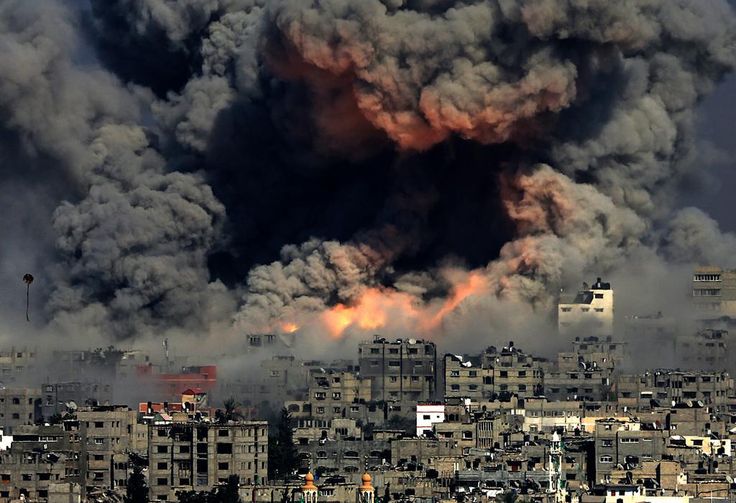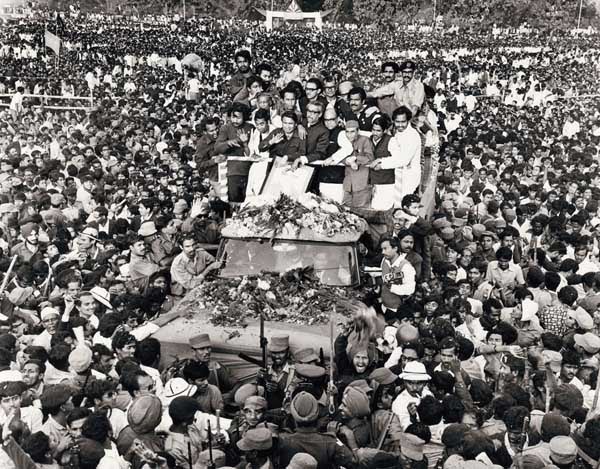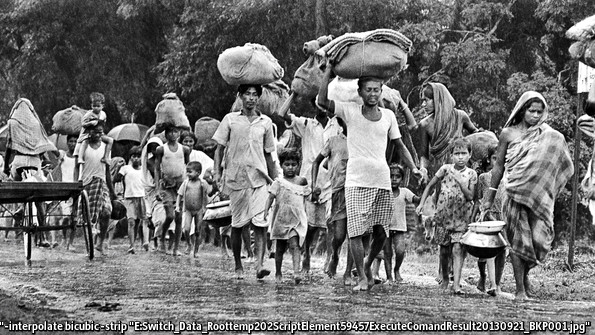
Broadcast live streaming video on Ustream
Synopsis
If Israel came close to destroying Hamas in two earlier confrontations in 2008/9 and 2012, it has succeeded in the latest round of fighting to rescue the group from potential demise. Hamas is emerging as the key player capable of cornering Israel politically and diplomatically despite its military superiority.
Commentary
THE EFFORT to achieve a ceasefire in the Israeli-Hamas war in the Gaza Strip resembles a see-saw with at times Israel and at other times Hamas rejecting a halt to hostilities or violating a brief silencing of the guns in a bid to ensure its collapse. The back and forth reflects in the first instance a battle between Israel and Hamas to occupy the moral high ground.
But more importantly it highlights a growing realisation that Hamas is emerging politically strengthened from the death and destruction in Gaza while Israel is fighting a rear guard battle to turn military success into political victory. Continue reading “Battle of the Ceasefires:? Israel, Hamas Struggle for Moral High Ground”

 A child injured in an Israeli assault was taken to al-Shifa Hospital in Gaza City on Wednesday.
A child injured in an Israeli assault was taken to al-Shifa Hospital in Gaza City on Wednesday. 

